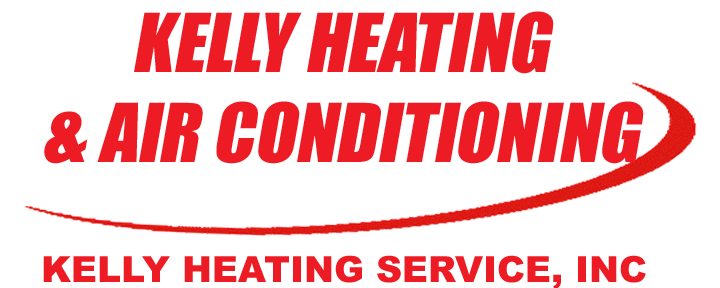Understanding Indoor Air Quality
Pollutant Problems
 All homes, no matter how clean they appear, are contaminated with dirt and dust.
All homes, no matter how clean they appear, are contaminated with dirt and dust.
Older homes can be breeding grounds for mold and mildew.
New, tightly sealed homes trap pollutants and can have higher concentrations of chemicals
Types & Sources of Pollutants
 |
Type Particles |
Definition Pollutants found in the air |
Pollutants • Pollen • Dust mites • Dirt • Pet and human dander |
Sources • Plants, people and animals |
|---|---|---|---|---|
 |
Microorganisims/Bioaerosols |
Microscopic pollutants that grow and reproduce in warm, humid environments |
• Viruses • Mold spores • Fungi |
• Plants, people, and animals • Ductwork • Humidifier drip pans • Shower heads and toilets • HVAC Systems that have not been properly maintained • Plumbing leaks • Dampness in basements, crawl-spaces, attics and bathrooms |
 |
Odors/Chemical Vapors |
Air Contaminants in the form of gases |
• Pet odors • Cooking smells • Gasoline fumes • Volatile organic compounds (VOC's), such as formaldehyde and gasoline • Carbon Dioxide • Carbon Monoxide |
• Cleaning supplies • Paints and solvents • Perfumes • Tobacco smoke • Carpeting and upholstery • Air fresheners • Automotive fuel and supplies • Dry-cleaned clothing • Stoves, heaters and fireplaces • Pesticides and herbicides |
 |
Humidification |

